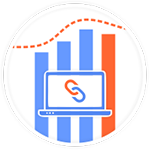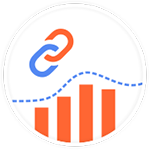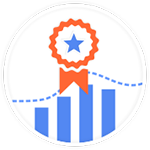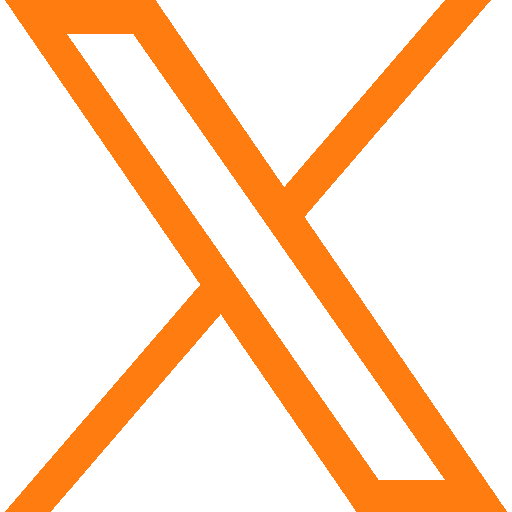Demand Forecasting: How to Forecast Your Supply Chain
Supply chain management software (SCMS) comes packed with tools that help optimize supply chains. But not all tools are made equal, and some specific tools are required for supply chains that need to scale.
For flexible supply chains, demand forecasting tools could be the most important tools of all.
Supply chain managers use multiple types of demand forecasting, all of which affect supply chains in different ways. By using different types of demand forecasting tools together, businesses can run a lean, scalable supply chain that keeps costs low and profits high.
Demand forecasting is the result of a predictive analysis to determine what demand will be at a given point in the future. Forecasts are determined with complex algorithms that analyze past trends, historic sales data, and potential events or changes that could be factors in the future.
Multiple parts of any supply chain can benefit from demand forecasting. One example is inventory, and specifically lean inventory. Warehouse costs can run high when goods and materials are sitting on the warehouse floor. Lean inventory keeps the minimum amount of that good or material in stock, without running the risk of having too little of it available.
With demand forecasting, third-party logistics providers (3PLs) can analyze past trends to design an effective lean inventory model for the future. Multiple factors are taken into account at any given moment, and the SCMS can adjust the minimum required inventory as necessary.
Other parts of the supply chain that can benefit from demand forecasting include:
- Scheduling
- Staffing
- Distribution planning
Many 3PLs use SCMS to forecast supply chains, but supply chain managers are trained to use other methods as well. Any number of factors can influence a business, and no two industries are the same.
While some of these demand forecasting methods don’t require SCMS, most integrate well with the software to ensure an efficient supply chain from top to bottom.

Seasonal Planning
Last year from November 1 to December 31, retail sales exceeded $850 billion. The huge numbers retailers put up during the winter are no secret, so it should come as no surprise that supply chain managers need to plan for this spike in buyer interest.
Seasonal demand is a trend that tends to stay similar from year to year. People are more interested in buying swimsuits in the summer, and Christmas ornaments are in higher demand in the winter. These trends, while obvious, can be difficult to nail down. Competitors know when to plan for seasonal demand shifts, so your supply chain needs to have as specific of a forecast as possible.
Because winter is predictably busy, demand forecasting can also be used to determine how much extra staffing is needed and how to effectively distribute goods on time.

Buyer Trend Analysis
Everything goes in and out of style, and often without any warning. Buyer trends are difficult to track, but doing so can make you tons of money. To meet the wavering demands of buyers, your supply chain needs to be flexible enough to add huge amounts of an item in a short period of time.
At the same time, being aware of buyer trends can save you from having static inventory and keep the operating costs of your supply chain lower. Fortunately, reaching the appropriate level of inventory is possible with logistics.

Demand Exception Manangement
If trends were the same every year, demand forecasting wouldn’t be necessary. As with any rule, there are exceptions to all demand shifts. Having an effective demand exception management strategy can help you react when an expected change in demand doesn’t occur.
In this model of demand forecasting, your 3PL partner will find potential exceptions to expected demand and keep track of them. If it seems like an exception may occur, the supply chain will be primed to react quickly, avoiding sunken costs or lost opportunities.

Intuitive Planning
Sometimes, when you feel like something might affect your supply chain, the best option is to trust your gut. As it turns out, trusting your gut often draws from your experiences, so seasoned supply chain professionals can find potential shifts in consumer demand just by feeling them out. This is called intuitive planning.
Intuitive planning takes into account everything your SCMS can’t. For example, an e-commerce company could have plans to purchase a competitor in the coming months. Of course, your software isn’t aware of this plan until you let it know. But conventional wisdom tells us that this will bring more customers, meaning more buyer demand.
Intuitive planning isn’t nearly as technical as the other demand forecasting models, but it can be just as important.
When done correctly, demand forecasting can maximize your profits by reaching the highest number of buyers. But making money isn’t the only reason to adopt demand forecasting tools. Other advantages include the following.

Reduced Inventory Costs
Static inventory, or inventory that isn’t moving out of your warehouse, eats up space and can drive up costs. In fact, holding onto inventory for 12 months could increase the cost of that item by as much as 60% thanks to taxes, insurance costs, and warehousing costs.
The less time an item spends in a warehouse, the better.

Better Supplier Relationships
3PLs work closely with your suppliers to ensure that goods and materials are being sent in a timely manner. Purchasing managers can use demand forecasting information to show suppliers how much more (or less) of that good or material will be needed for a period of time. This level of transparency is great for business and keeps suppliers happy.

Improved Resource Planning and Scalability
Every company wants to think of itself as scalable, but without demand forecasting, scalability can be tough. When your supply chain takes demand forecasting into account, scalability is a natural outcome. These supply chains are designed to be flexible and scale up or down on a moment’s notice.

Increased Customer Satisfaction
When talking about demand forecasting, it can be easy to forget about the only factor that really affects demand: customers. Customers know what they want, and the sooner they can get it, the better.
Demand forecasting keeps your warehouses ready for changes in demand, so when a sudden spike in interest comes, you’ll be there to provide a quick, reliable solution for customers. This makes customers very happy, and it can lead to higher customer retention, referrals, and valuable online reviews.

Better Performance
Efficiency is at the heart of every supply chain, and demand forecasting increases efficiency. Every step of the supply chain — from staffing the right number of warehouse workers to making sure too many items aren’t clogging a warehouse — benefits from demand forecasting.








